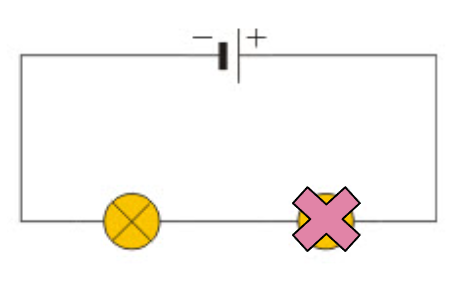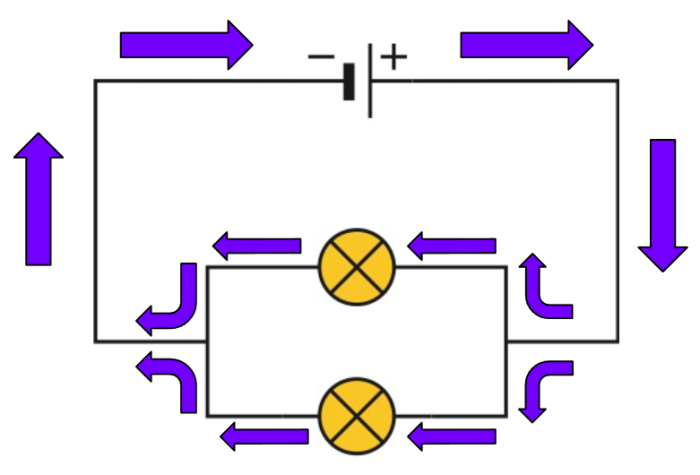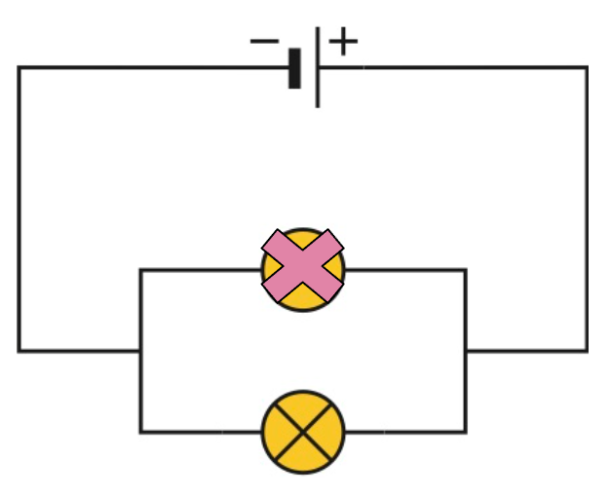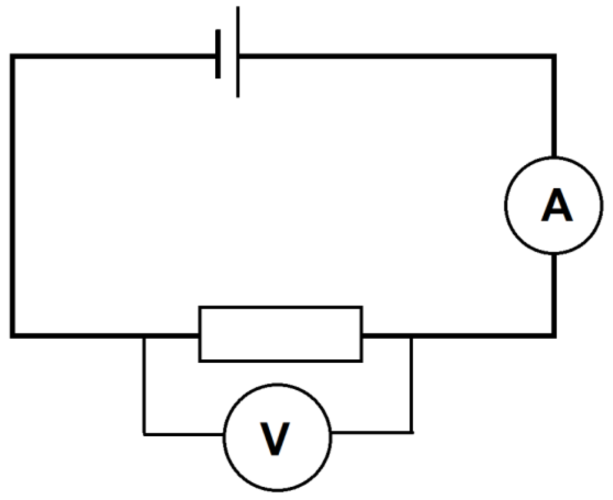String lights are commonly used both inside and outside homes and businesses, as decoration. But what if one of the bulbs breaks?

Most of these lights are designed to use a specific type of circuit, a parallel circuit. This means that if one bulb breaks, the rest can stay on!
In this activity, we will learn about two main types of circuit - series and parallel.
We will start with series circuits.
The word 'series' comes originally from the Latin term 'serere', which means to join, or connect. We use the word series in lots of ways, including, for example, describing a sequence of books or TV shows. Books in a series follow each other in a chain.

A series circuit is a type of circuit where all the components (like bulbs, switches and so on) are connected in a chain, one after another. All of the parts of the circuit are in one loop.
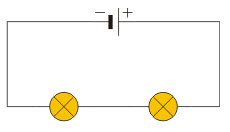
In this example, we can see a cell, connected to two bulbs. This is a series circuit because all the components are connected in the same loop, one after another.
Here, the purple arrows represent the flow of current in the circuit (flow of charged particles). The electricity flows from the positive side of the cell, passing through the wires and the bulbs, then returns to the cell.
What will happen if one of these two bulbs breaks?
The bulb on the right has burnt out and no longer works. Now, this is an incomplete circuit. The electricity cannot flow because it has no complete pathway to follow. The bulb on the left will not turn on.
Now let's learn about parallel circuits. In a parallel circuit, there are two or more loops that the electricity can flow through, not just one.

In this example, like before, there is one cell and two bulbs. However, they are arranged differently. Each bulb is in its own parallel loop.
Here, you can see that the current flows from the positive side of the cell. When the current reaches the split in the circuit, the current also splits, so that some flows through one bulb and some flows through the other. Then, the current recombines and flows towards the negative side of the cell.
What will happen if one of these two bulbs breaks?
If the first bulb breaks, the electricity can still flow through the second bulb. It still works. This is why many string lights use parallel circuits! If one of the bulbs breaks, the others don't go out.
It is important to remember the difference between series and parallel circuits when you want to measure the current or the potential difference.
When using an ammeter to measure current, always place it in series.
When using a voltmeter to measure the potential difference, always place it in parallel, in its own loop.
In this example, you can see an ammeter in series with the resistor and the cell, and it can measure the current in that loop.
The voltmeter is in its own parallel loop around the resistor, so it can tell us the potential difference across the resistor.
Now let's try some questions!





